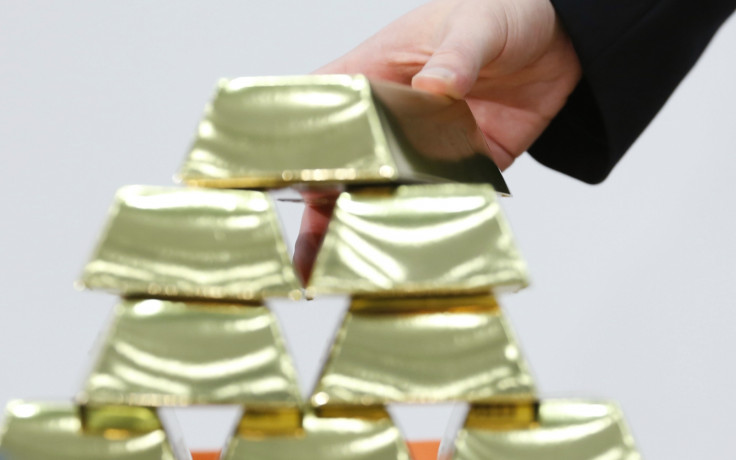Gold supported near five-year low ahead of change of bullion fixing system

Gold has been keeping a downtrend since late 2012 but the recent move has not been very reflective of the steep rise in the dollar as the global pricing system is undergoing big structural changes.
Starting 20 March, the gold price fixing will be through a screen-based electronic fixing from the London Bullion Market Association, with more participants than the current system determined by four market participants such as HSBC, Barclays, Société Générale and Scotia-Mocatta.
The likely new big names in the participants' list include JP Morgan, UBS, Credit Suisse, Goldman Sachs, Citi, Morgan Stanley and Standard Chartered even as speculation that Chinese state-owned banks will try to be very active participants is racing with the country having the world's largest stockpile of the metal.
The full list of participants will only be announced on Friday.
Spot gold traded at a four-month low of $1142 on Tuesday, just $11 below the 4-1/2-year low touched in November last year. The metal has fallen more than 10% since February, but that was only a reversal of the gains over the previous two months.
This compares to the dollar which has ended all the months higher since July last year. At last week's 12-year high of 100.40, the USD index was up 25.8% from the June close.
Given the significance of the change in the method of price fixing since Friday, the impact of Wednesday's Fed decision could be muted. If the new powers entering the gold fixing scene opt to support the yellow metal above current lows, then the downward pressure a stronger dollar can exert might be lesser.
© Copyright IBTimes 2025. All rights reserved.


















